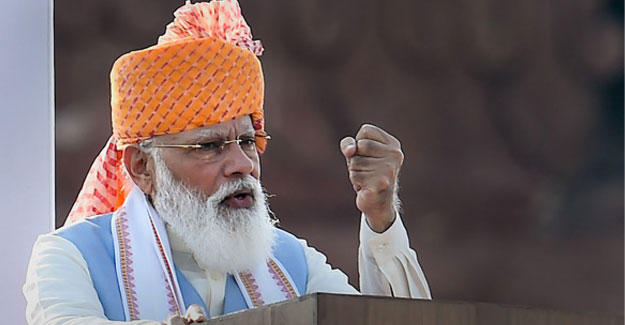
Gati Shakti Plan Expected To Reduce Logistics Costs
Prime Minister Narendra Modi recently announced India’s ambitious Rs 100 trillion PM Gati Shakti Plan for an integrated infrastructure growth that will help reduce logistics costs and make the economy competitive. The new scheme will help break the silos between road, rail, air and waterways to reduce travel time, make manufacturing competitive, facilitate setting up of future economic zones and create employment opportunities. Modi said the scheme will take care of the country’s holistic infrastructure needs and will form the basis of the Amrut Kaal—the 25-year period till India celebrates 100 years of its independence. “There comes a time in every country’s growth journey, when that country redefines itself from a new start and takes itself forward with new promises. That time has also come today in India’s growth journey,” PM Modi said in his eighth Independence Day speech from the iconic Red Fort. India has been working for a reset of its logistics sector involving railways, highways, inland waterways and airports to put in place an effective transportation grid. This comes against the backdrop of logistics comprising about 13% of total costs for Indian companies, making exports uncompetitive vis-a-vis China. The Indian logistics sector is expected to grow to US$360 billion by 2032. India can save logistics fuel worth Rs 3.11 trillion till 2050 through clean and cost-effective mode of goods transportation, according to a report from Niti Aayog and Rocky Mountain Institute (RMI). The report said that India can reduce its logistics cost by 4% of the country’ gross domestic product (GDP) and achieve 10 gigatonnes of carbon dioxide emission savings till 2030, through these clean measures. “India handles 4.6 billion tonnes of goods each year, amounting to a total annual cost of Rs 9.5 trillion,” the report said.
Textile Excellence
If you wish to Subscribe to Textile Excellence Print Edition, kindly fill in the below form and we shall get back to you with details.








